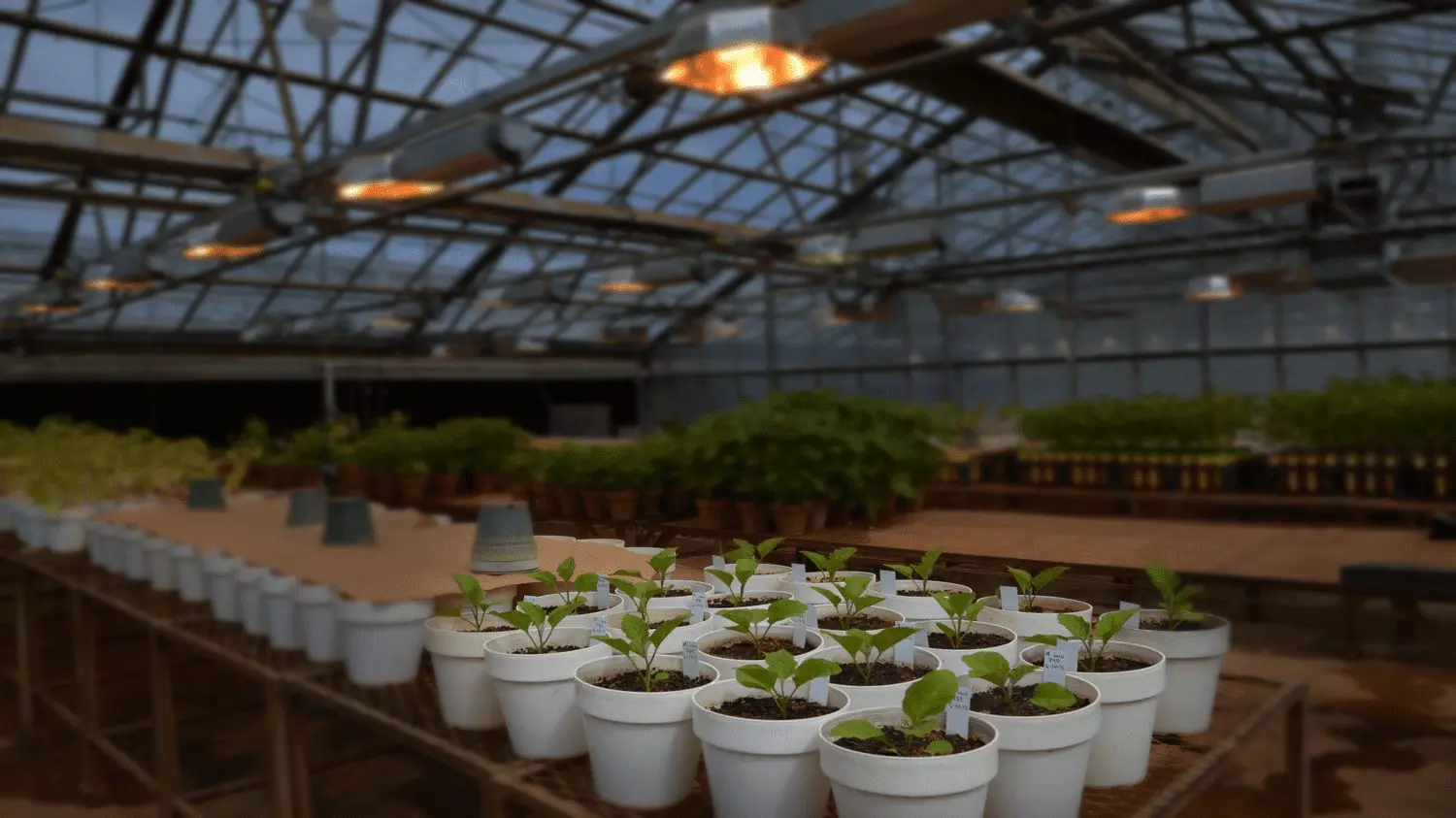Scientists develop additional soybean reference genomes
When the Human Genome Project began in 1990, the goal was to sequence and map all of the genes that make up the human DNA. That project was completed in 2003 – and genome projects on many other species followed in subsequent years.
Several crops grown in Missouri soon underwent genetic sequencing and mapping, including soybeans. The first soybean cultivar to be sequenced, “Williams 82,” was published in 2010. This widely-grown cultivar was chosen to represent the northern United States germplasm. For nearly a decade, this cultivar has served as the main soybean reference genome – the sequence that gives scientists a baseline of a species’ set of genes.
A few years later, Henry Nguyen, Curators’ Distinguished Professor of Plant Sciences in the University of Missouri College of Agriculture, Food and Natural Resources, wanted to develop additional reference genomes, this time focusing on soybeans grown in the southern U.S., as well as a wild ancestor of soybean. These two reference genomes, soybean cultivar “Lee” and wild type PI 483463, are now available at GenBank (under accessions PELE00000000 and PGFP00000000) and SoyBase.
Nguyen, who led the research effort, worked with a group of scientists from MU, the United States Department of Agriculture-Agricultural Research Service (USDA-ARS), the HudsonAlpha Institute for Biotechnology, Pacific Biosciences, Bionano Genomics and Washington University, in addition to international collaboration with the University of Western Australia and the Chinese University of Hong Kong.
“The significance here is that we now have three reference genomes for soybeans,” Nguyen said. “Having those reference genomes gives us a solid foundation to build on and allows us to continue to understand the genetic diversity of soybeans. If we want to increase yields, improve disease resistance and seed composition quality, and allow for better stress adaptation and resilience, we have to understand how the genetics work.”
Having a map of soybean genes is key for breeders, who work to develop varieties that farmers can use to help battle diseases and other environmental factors. The soybean is an extremely important crop on a worldwide level as well. Approximately 340 million metric tons of soybeans are produced globally each year, with the market for soybeans worth $40 billion each year in the U.S. alone.
